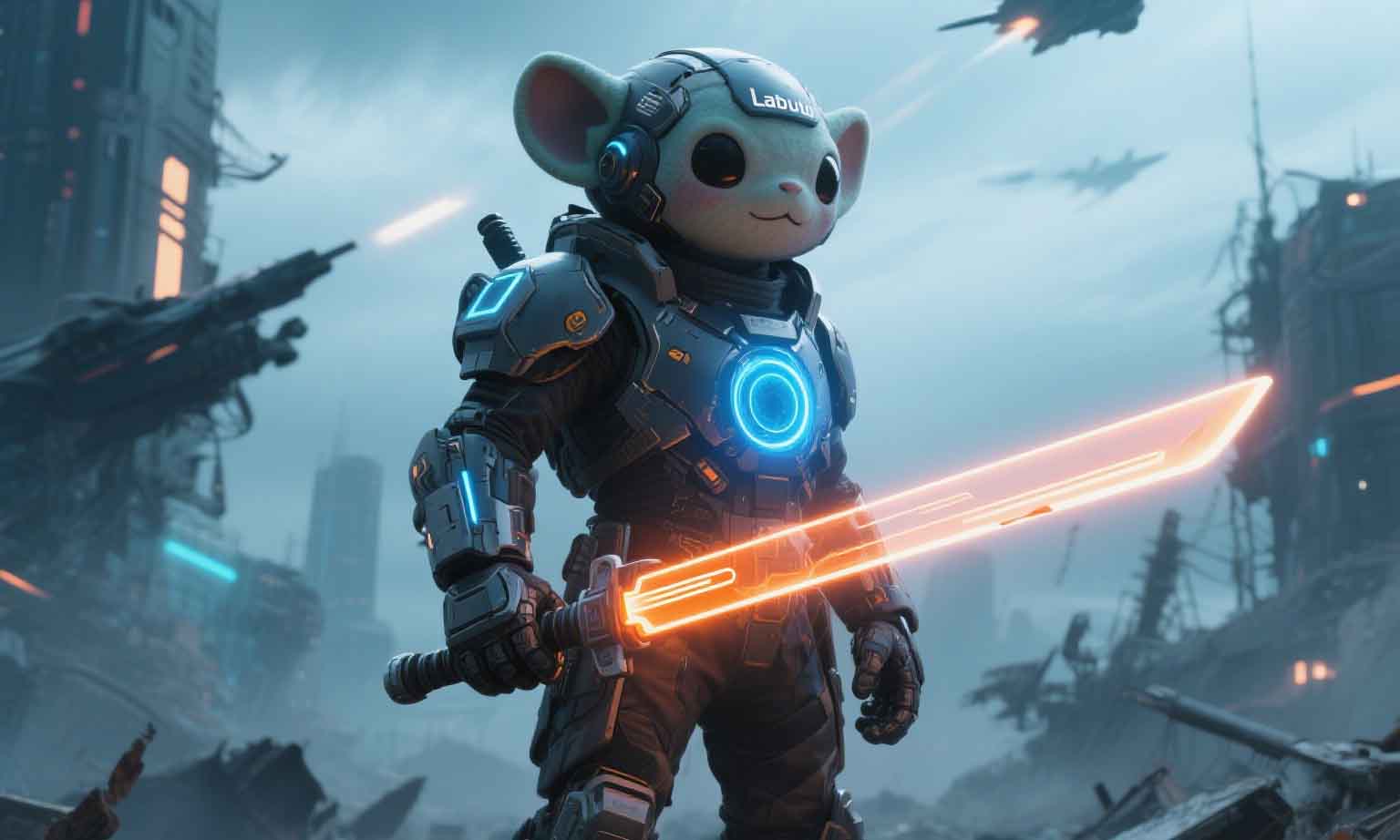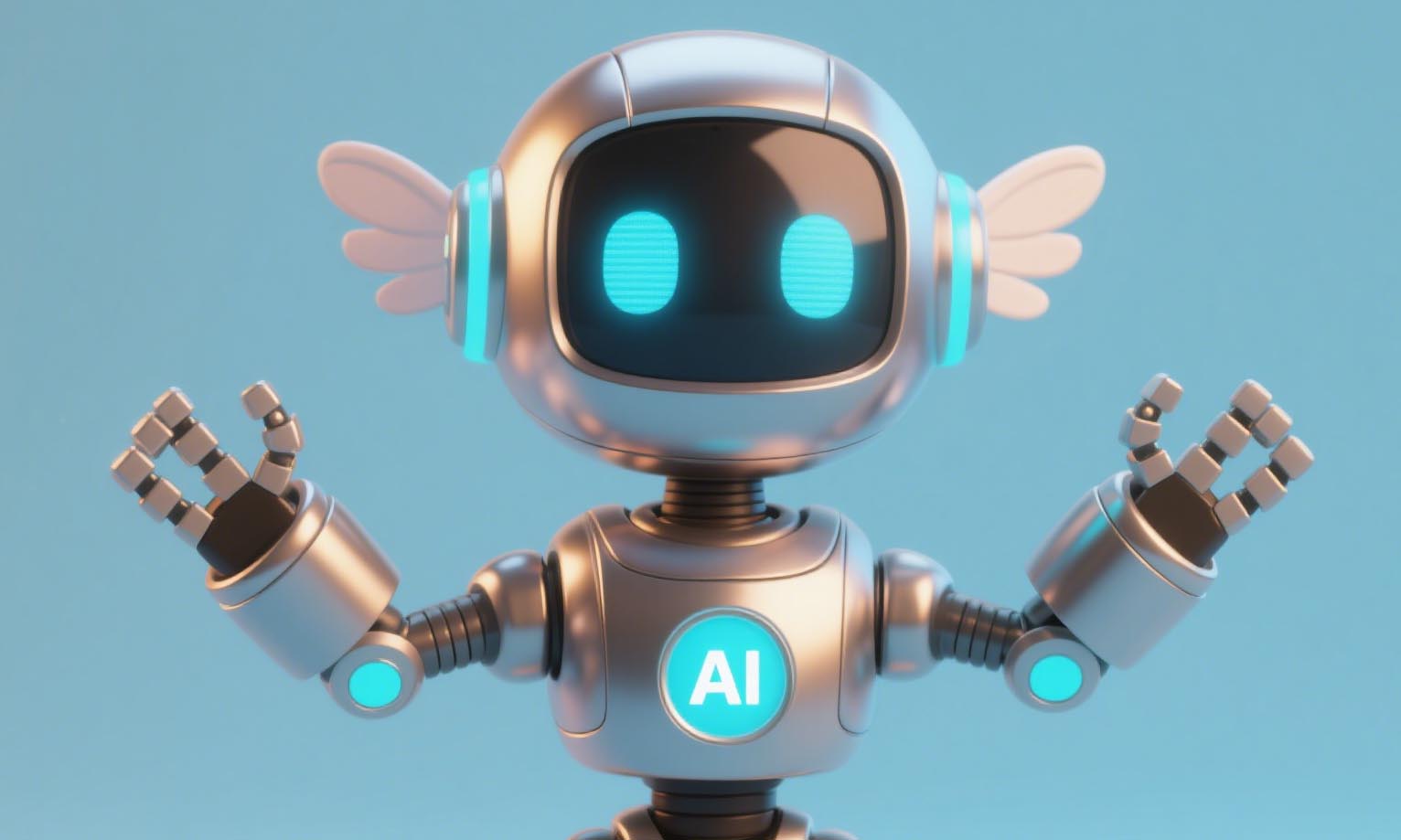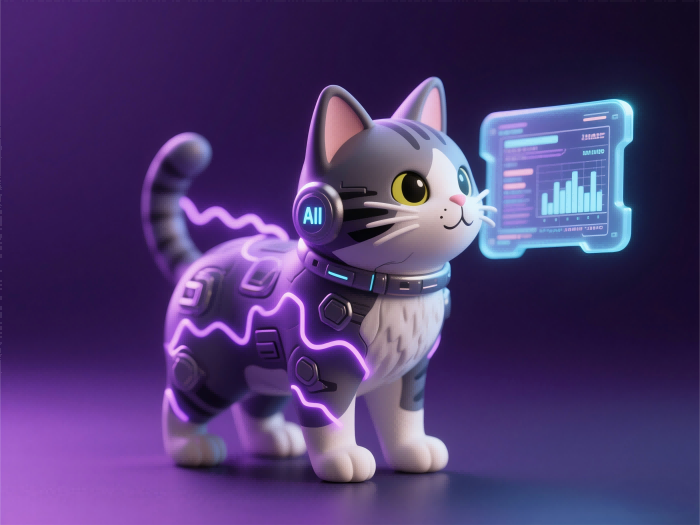AI-Powered Toys: Transforming Childhood in the Age of Intelligent Machines
江浸月 2025-05-23
In an era where artificial intelligence (AI) is seamlessly integrating into every facet of human life, the world of toys has undergone a remarkable transformation. AI-powered toys, once the stuff of science fiction, are now occupying prominent spaces on store shelves and in children's playrooms, redefining the concept of play.
In an era where artificial intelligence (AI) is seamlessly integrating into every facet of human life, the world of toys has undergone a remarkable transformation. AI-powered toys, once the stuff of science fiction, are now occupying prominent spaces on store shelves and in children's playrooms, redefining the concept of play. These intelligent companions combine cutting-edge technologies such as machine learning, natural language processing, and sensor integration to create interactive, adaptive, and educational play experiences. As they bridge the gap between digital innovation and traditional play, AI toys are not just entertaining children; they are shaping how kids learn, socialize, and interact with the world.
The Evolution of Play: From Static Objects to Intelligent Companions
The history of toys has always mirrored technological advancements. From the simple wooden blocks of the past to the electronic gadgets of the late 20th century, each era brought new forms of play. AI toys represent the next leap in this evolution. Unlike conventional toys that offer pre-programmed responses, AI-enabled toys possess the ability to learn from interactions, adapt to individual children's behaviors, and even develop "personalities" over time. For example, robotic pets like Sony's Aibo or the popular Luka Reading Robot can recognize voices, remember past interactions, and modify their responses to suit a child's age, mood, or interests. These toys use machine learning algorithms to analyze speech patterns, facial expressions, and play styles, creating a dynamic relationship where the toy evolves alongside the child.
This adaptability transforms passive play into an interactive dialogue. A child conversing with an AI doll that understands context-specific questions or a robotic construction set that suggests creative building solutions based on the child's skill level turns playtime into a collaborative learning experience. Such toys no longer just follow scripts; they engage in meaningful interactions that mimic real-world relationships, fostering a sense of companionship that traditional toys cannot match.
Educational and Developmental Benefits: The Hidden Curriculum of AI Toys
Beyond entertainment, AI-powered toys are emerging as powerful educational tools. They are designed to stimulate cognitive development, enhance language skills, and promote problem-solving abilities in ways that resonate with digitally native children. For instance, coding toys like Botley or Dash & Dot introduce programming concepts through playful challenges, allowing kids to learn logical thinking while building games or solving puzzles. Other AI toys focus on language acquisition—talking companions that correct pronunciation, tell stories tailored to the child's vocabulary level, or even teach basic foreign languages through interactive games.
Research in child development suggests that these interactive experiences can significantly improve communication skills and emotional intelligence. A study published in Nature Human Behaviour (2023) found that children who engaged with AI toys demonstrating empathy—such as responding appropriately to a child's sad tone or celebrating their achievements—showed increased emotional recognition and pro-social behaviors compared to those playing with non-interactive toys. These intelligent companions act as both teachers and friends, creating a safe environment for children to practice social interactions and emotional expression, which is particularly valuable in an increasingly screen-dominated world.
Ethical Considerations: Balancing Innovation and Innocence
While the benefits of AI toys are evident, their rise also sparks important discussions about screen time, privacy, and the nature of childhood. Critics argue that excessive reliance on AI companions might hinder children's ability to form real human relationships or develop imaginative play, which often thrives in unstructured, technology-free environments. There are also concerns about data privacy—AI toys that connect to the internet or store user data raise questions about how children's information is collected, stored, and used. Manufacturers must prioritize robust security measures and transparent data policies to protect young users.
Moreover, the "intelligence" of these toys can sometimes blur the line between reality and simulation. Young children, still developing critical thinking skills, may struggle to distinguish between the AI's programmed responses and genuine understanding. Parents and educators play a crucial role in guiding this interaction, ensuring that AI toys complement rather than replace human interaction and traditional play. Striking a balance between technological innovation and the timeless values of imaginative play, social interaction, and outdoor exploration remains essential in maximizing the benefits of these intelligent tools.
The Future of Play: AI as a Catalyst for Imagination
As AI technology continues to advance, the potential for innovative toys seems limitless. Future AI toys may incorporate augmented reality (AR) to create immersive play environments, where children can interact with virtual characters in their physical space, or use predictive algorithms to anticipate a child's interests and design personalized learning journeys. These developments hold the promise of making play more engaging, educational, and inclusive, catering to diverse learning styles and needs.
Ultimately, AI-powered toys represent a fascinating convergence of technology and childhood. They challenge traditional notions of play by introducing intelligence and adaptability, yet they remain rooted in the fundamental human need for connection and learning. As society navigates this new frontier, the focus should be on harnessing AI's potential to enhance, not overshadow, the magic of childhood. By embracing these intelligent companions mindfully, we can create a future where play is not just a pastime, but a dynamic, evolving journey of discovery—one where every interaction with a toy has the potential to inspire, educate, and wonder.
In this age of intelligent machines, AI toys are more than just gadgets; they are gateways to a world where technology and humanity coexist in the innocent realm of play, shaping the next generation's relationship with both machines and each other. As we welcome these innovative tools into our children's lives, we must remember that their true value lies not in their algorithms, but in the smiles they inspire, the lessons they teach, and the memories they help create.
The Evolution of Play: From Static Objects to Intelligent Companions
The history of toys has always mirrored technological advancements. From the simple wooden blocks of the past to the electronic gadgets of the late 20th century, each era brought new forms of play. AI toys represent the next leap in this evolution. Unlike conventional toys that offer pre-programmed responses, AI-enabled toys possess the ability to learn from interactions, adapt to individual children's behaviors, and even develop "personalities" over time. For example, robotic pets like Sony's Aibo or the popular Luka Reading Robot can recognize voices, remember past interactions, and modify their responses to suit a child's age, mood, or interests. These toys use machine learning algorithms to analyze speech patterns, facial expressions, and play styles, creating a dynamic relationship where the toy evolves alongside the child.
This adaptability transforms passive play into an interactive dialogue. A child conversing with an AI doll that understands context-specific questions or a robotic construction set that suggests creative building solutions based on the child's skill level turns playtime into a collaborative learning experience. Such toys no longer just follow scripts; they engage in meaningful interactions that mimic real-world relationships, fostering a sense of companionship that traditional toys cannot match.
Educational and Developmental Benefits: The Hidden Curriculum of AI Toys
Beyond entertainment, AI-powered toys are emerging as powerful educational tools. They are designed to stimulate cognitive development, enhance language skills, and promote problem-solving abilities in ways that resonate with digitally native children. For instance, coding toys like Botley or Dash & Dot introduce programming concepts through playful challenges, allowing kids to learn logical thinking while building games or solving puzzles. Other AI toys focus on language acquisition—talking companions that correct pronunciation, tell stories tailored to the child's vocabulary level, or even teach basic foreign languages through interactive games.
Research in child development suggests that these interactive experiences can significantly improve communication skills and emotional intelligence. A study published in Nature Human Behaviour (2023) found that children who engaged with AI toys demonstrating empathy—such as responding appropriately to a child's sad tone or celebrating their achievements—showed increased emotional recognition and pro-social behaviors compared to those playing with non-interactive toys. These intelligent companions act as both teachers and friends, creating a safe environment for children to practice social interactions and emotional expression, which is particularly valuable in an increasingly screen-dominated world.
Ethical Considerations: Balancing Innovation and Innocence
While the benefits of AI toys are evident, their rise also sparks important discussions about screen time, privacy, and the nature of childhood. Critics argue that excessive reliance on AI companions might hinder children's ability to form real human relationships or develop imaginative play, which often thrives in unstructured, technology-free environments. There are also concerns about data privacy—AI toys that connect to the internet or store user data raise questions about how children's information is collected, stored, and used. Manufacturers must prioritize robust security measures and transparent data policies to protect young users.
Moreover, the "intelligence" of these toys can sometimes blur the line between reality and simulation. Young children, still developing critical thinking skills, may struggle to distinguish between the AI's programmed responses and genuine understanding. Parents and educators play a crucial role in guiding this interaction, ensuring that AI toys complement rather than replace human interaction and traditional play. Striking a balance between technological innovation and the timeless values of imaginative play, social interaction, and outdoor exploration remains essential in maximizing the benefits of these intelligent tools.
The Future of Play: AI as a Catalyst for Imagination
As AI technology continues to advance, the potential for innovative toys seems limitless. Future AI toys may incorporate augmented reality (AR) to create immersive play environments, where children can interact with virtual characters in their physical space, or use predictive algorithms to anticipate a child's interests and design personalized learning journeys. These developments hold the promise of making play more engaging, educational, and inclusive, catering to diverse learning styles and needs.
Ultimately, AI-powered toys represent a fascinating convergence of technology and childhood. They challenge traditional notions of play by introducing intelligence and adaptability, yet they remain rooted in the fundamental human need for connection and learning. As society navigates this new frontier, the focus should be on harnessing AI's potential to enhance, not overshadow, the magic of childhood. By embracing these intelligent companions mindfully, we can create a future where play is not just a pastime, but a dynamic, evolving journey of discovery—one where every interaction with a toy has the potential to inspire, educate, and wonder.
In this age of intelligent machines, AI toys are more than just gadgets; they are gateways to a world where technology and humanity coexist in the innocent realm of play, shaping the next generation's relationship with both machines and each other. As we welcome these innovative tools into our children's lives, we must remember that their true value lies not in their algorithms, but in the smiles they inspire, the lessons they teach, and the memories they help create.













